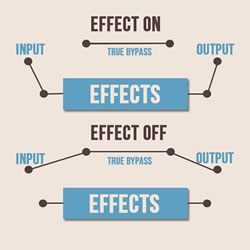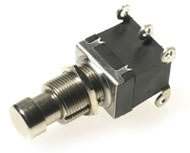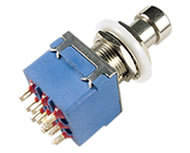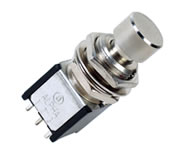True Bypass and Guitar Pedals
Posted: 9 June 2012
Synopsis: When guitarists get together and talk about their rig (either their actual gear or a dream setup), there is often much discussion – if not arguing – about the advantages of “true bypass” in the effects pedals that are a part of said rig. But what exactly

To Use or Not to Use True Bypass...
|
With the above information, it would seem that there would be no reason not to purchase only pedals with true bypass switches. But there are considerations to be made regarding true bypass and a couple of things guitarist should be aware of when building a pedal board. |
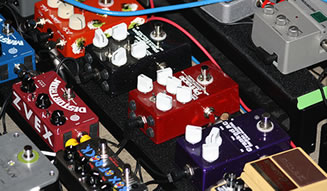 |
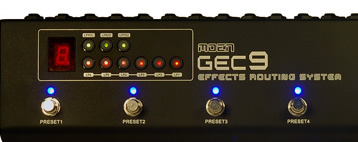 |
One way to overcome signal loss is to use a (send + return) loop / signal routing pedal. This is when you "loop" certain effects together in your chain, and use a true bypass routing pedal to not send your signal through only certain loops / pedals. Using a loop / signal routing pedal is also a great way to segregate non true bypass pedals out of the signal chain, and bring them into the chain only when required for the actual effect. Another way to overcome signal loss is to add a boost effect to your chain.
|
One thing to keep in mind when considering true bypass effects pedals is that they are typically more expensive than pedals that are not true bypass. Also a non true bypass pedal's circuitry may be constructed in a way that has minimal effect on the original signal. If you are just starting to get your hands dirty with guitar effect pedals, considering a non true bypass pedal can help reduce costs and allows you to try more pedals types. If you are an experienced professional player setting up a pedal board, true bypass should definitely be considered.













